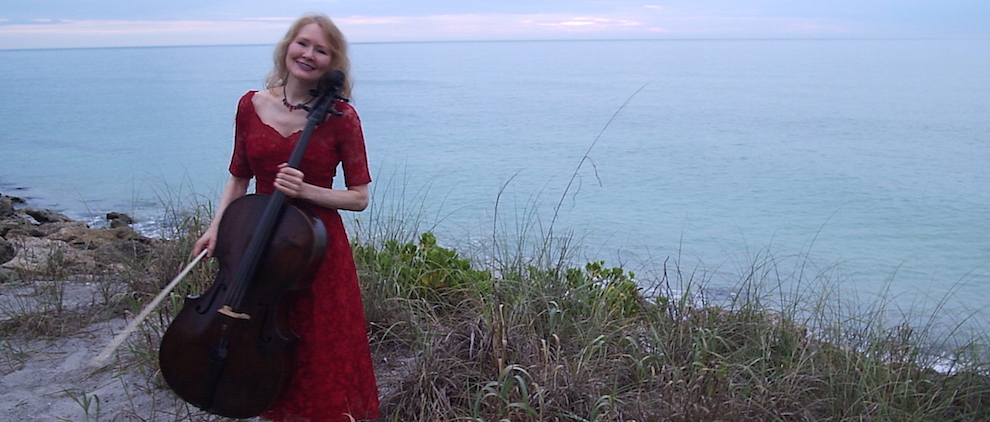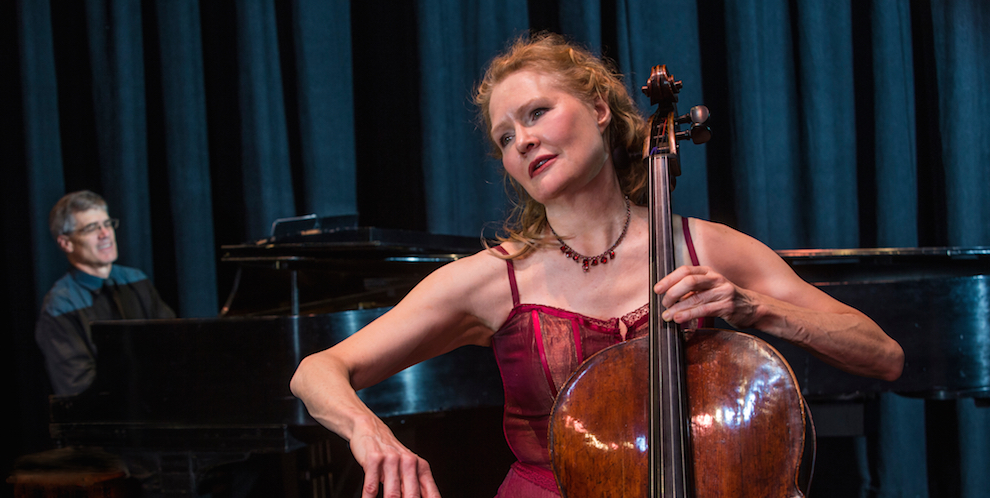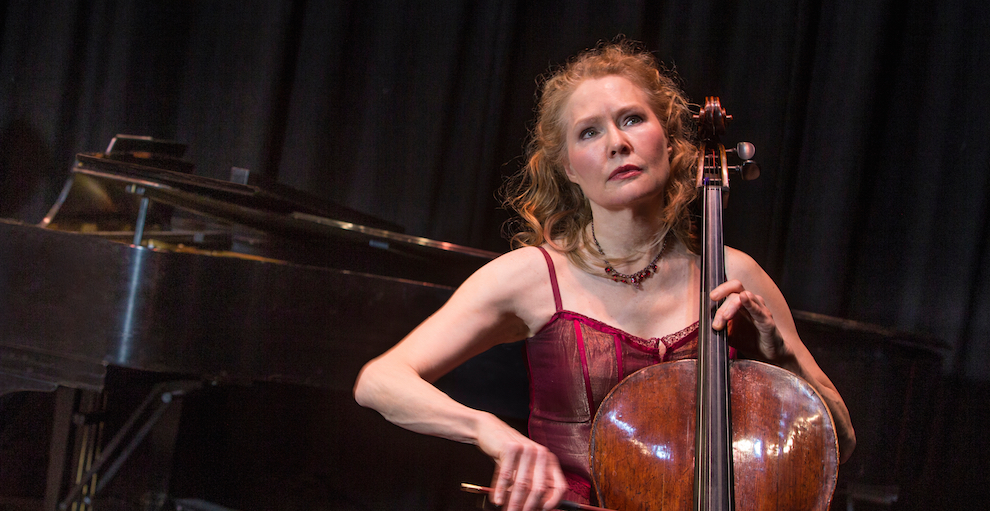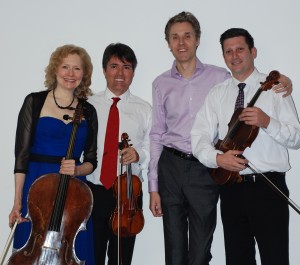Posted in Home page
| February 23, 2015
When Reverend Roger Fritts asked me to play unaccompanied Bach for a recent sermon on Bach and Casals, I felt simultaneously eager and hesitant. Roger Fritts, minister at Unitarian Universalist Church in Sarasota, Florida is known for his thoughtful and compelling sermons, and I was happy to participate. Bach’s strong religious faith can be seen in most of his music, and even though the Six Cello Suites are secular works I feel most at home playing them in church.
At the same time my hesitancy in performing the suites is shared by many (if not most) professional cellists. We all have a complicated relationship with these works, usually feeling that there is always more to be discovered or that somehow we can’t do justice to their simple perfection.
I didn’t fall for them as a kid. By the time I started to practice them seriously, I was intimidated by the trend of stylistically correct Baroque performance, figuring I didn’t know enough about trills and the like. It didn’t help that my mother, a noted cello teacher, would occasionally remark on how she really loved the way someone played Bach. She professed to like my Bach, but looking back I probably didn’t trust myself enough.
My mother’s generation honored Pablo Casals as the greatest cellist ever, and felt immense gratitude to him for rediscovering the Bach Cello Suites. Casals started every day by playing Bach on the piano. For my mother, also Bach’s music was the most sublime and the most healing. During my youth, I preferred the lushness of the chamber music of Brahms and Schubert, and the symphonies of Mahler. It wasn’t until I started teaching that I began to appreciate the simple joy that my younger students found in Bach. They weren’t knowledgeable enough yet to be intimidated.
Bach cello suites eventually humble all cellists. Bach’s genius lies in his ability combine harmony and melody to into a single line to be played by the lowly cello (considered an inferior instrument at the time). Each of the six suites has a free form prelude (somewhat improvisatory) and a number of movements based on Baroque dance forms. We struggle to let the music speak for itself. There is great variety in the ways cellists approach performing these suites: spare and precise, Romantic and expressive, light and Baroque, as well as using a modern setup or gut strings and Baroque bow. Casals himself refused to make an edition of the suites because he continued to change his interpretation. It’s been said that different interpretations of Bach are like religions. You don’t criticize what you don’t understand.
With the passage of time I began to appreciate my mother more, seizing opportunities to play for her. I can picture her in her late years listening to my Bach with her eyes shut as if willing me to go deeper into the music.
Occasionally she might offer an opinion on tempo, but her main advice was, “Be sincere and trust yourself. ” I’ve come to see these suites as life-long friends, continuing to evolve with me through the years. Some folks turn to country music, but in my darkest hour I play Bach.
Read More





